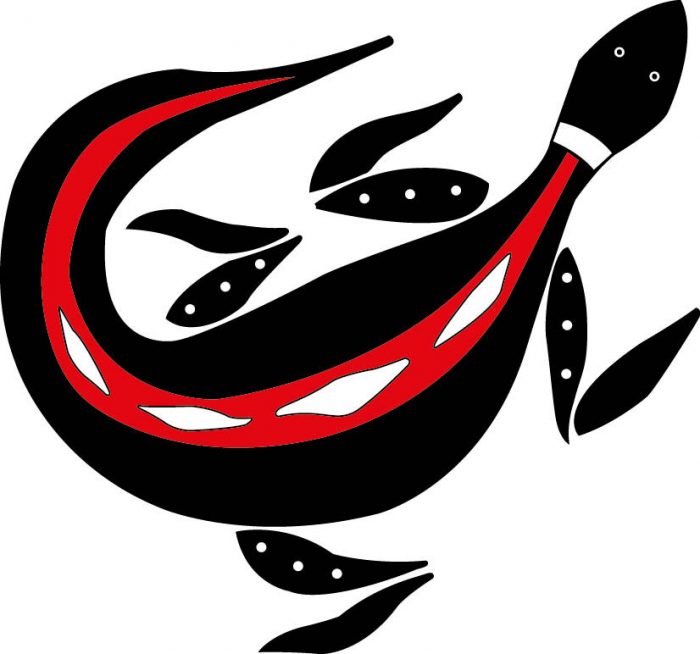Post by Isabel Damas
One way invasive species can have a major impact on ecosystems, is by threatening native species, particularly through competition for resources. Animals typically use two strategies to out-compete their opponents: they can be directly aggressive (termed interference competition), or they can indirectly out-compete rivals by consuming more resources (exploitative competition).
Our new study published in the journal Behavioral Ecology and Sociobiology compared the behavior of two lizards living together – the invasive Italian Wall Lizard (Podarcis siculus) and the native Green Iberian Wall Lizard (Podarcis virescens) – to understand if and how they compete with one another. We conducted experiments with manipulated resources – in this case by providing a single nice warm basking spot and a bowl of delicious mealworms, to test for competition. We found that the invasive lizards do not aggressively out-compete the native lizard. In fact, the invasive lizard was friendly enough – frequently sharing shelters with the native species! Instead, the invasive lizard was quicker to the food bowl and gobbled up more mealworms, which is consistent with exploitative competition.

The Italian Wall Lizard and the Green Iberian Wall Lizard in the good refuge. Photo by Isabel Damas Moreira.
Interestingly, other studies have document that the Italian Wall Lizard can be aggressive to native lizards but, in our study, we did not find much evidence for aggressive encounters. Perhaps, this lizard behaves differently depending on local conditions. Given that fights are costly because you risk injury and sometimes death, it can make sense to avoid them and instead, focus on getting resources faster than your rivals.
This study suggests that the Italian Wall Lizard, as well as other invasive species, may be able to adjust how they compete depending on their environment, such as the amount of food and shelter availability and even the behavior of the native species. Our study highlights the potential importance of behavior as a key trait that helps explain the success of invasive species.

Here is the abstract:
Biological invasions are a contemporary global threat because invasive species can have substantial negative economic and ecological impacts. Invasive species can out-compete native species through two main mechanisms: interference competition (direct, negative interactions like aggression) and / or exploitative competition (indirect, negative interactions resulting from species using the same, limited resources like food). The invasive Italian wall lizard (Podarcis siculus) was introduced into Lisbon, Portugal, 20 years ago, and is believed to be locally displacing the native green Iberian wall lizard (Podarcis virescens). We experimentally tested for competition between these two lizard species by establishing heterospecific (one pair of each species) and conspecific (two pairs of the same species; control) treatments in enclosures containing a high- and a low-quality refuge. Lizards were fed from food dishes every other day. We tested if species showed interference (aggressive behavior, stealing food and shelter exclusion) or exploitative competition (tolerance between species but differences in food consumption efficiency). We found evidence for exploitative competition: the invasive species arrived first at food stations, consumed more food and gained more weight than the native species. We suggest that exploitative competition may, in part, explain the observed displacement of P. virescens from contact areas with the invasive P. siculus . Deciphering the competitive mechanisms between invasive and native species is vital for understanding the invasion process.
Cite this article: Damas-Moreira I, Riley JL, Carretero MA, Harris DJ, Whiting MJ. 2020. Getting ahead: exploitative competition by an invasive lizard. Behavioral Ecology and Sociobiology, 74: 117. DOI: 10.1007 / s00265-020-02893-2
